Refresh Class Libraries with Appealing Nonfiction
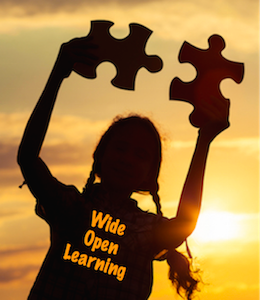 My students tend to be a bit bored with my classroom library by the middle of the year. At this point, they’ve read all the books that interest them and some of the most popular titles have gone missing.
My students tend to be a bit bored with my classroom library by the middle of the year. At this point, they’ve read all the books that interest them and some of the most popular titles have gone missing.
Our return from winter break is the perfect time for an infusion of new books. I usually prepare for this by saving some of my book budget or buying books at the beginning of the year and setting them aside until January.
I also stretch my dollar by purchasing books that can be enjoyed by as many students as possible, which is why I choose mostly nonfiction titles for my library refresh.
The nonfiction books I seek are ones that have broad appeal and spark a curiosity that my students may not know they had. I like books that can be dipped into for a few minutes when there is extra time at the end of class, but also pored over in detail.
While some of the texts I share here may seem to favor a certain subject area, they are welcome additions to any class library. It’s important for our classrooms to have a variety of nonfiction texts to help students build their informational reading skills and gain background knowledge.
Below are a few favorites and how they can be tied to the curriculum.
Some Middle Grades Student Favorites
Pirates Magnified
By David Long
Most schools don’t teach about pirates (lucky me, it fit the curriculum when I taught in The Bahamas!), but this fun book would be a welcome addition to any classroom library. It features the history of 10 pirates, as well as lots of facts about piracy, all told through intricate drawings with minute details. The built-in magnifying glass allows readers to study the pages and appreciate the illustrations.
Curricular connections – Social Studies teachers can ask students to pick an event that they have studied and create a detailed drawing of everything that could possibly be happening at that time, as well as additional information that would aid the understanding of the illustration. Another option could be to have small groups or the entire class work on a huge piece of paper, with everyone adding new information and perspectives on an event. These can then be pulled out when it’s time to review for exams.
I Can’t Keep My Own Secrets: Six-Word Memoirs by Teens Famous & Obscure
Edited by Rachel Fershleiser and Larry Smith
Ernest Hemingway made six-word memoirs famous with the immortal, “For sale: baby shoes, never worn.” Smith Magazine challenged teens to write their own six-word memoirs, and their responses are beautiful, heartbreaking, funny, and ridiculous, just like young adults. This is the perfect book for students to browse and share with friends, discussing what their own six words would be. Sample: “I never got my Hogwarts letter.”
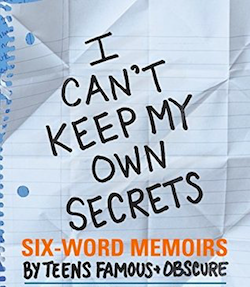
Hungry Planet: What the World Eats
By Peter Menzel and Faith D’Aluisio
This book features 30 families from 24 countries, photographed with what they eat in a week. There are interesting essays and statistics throughout, but the real gold is in the photos. There is so much to unpack! Students are drawn to this book and have such engaging discussions about the quantity, the prices, the packaging, and the variety of foods.
Curricular connections – In physical education or health class, students can discuss the balance of packaged and unpackaged food, or where soft drinks are consumed in abundance. Students reading about foreign countries in English class can check in for an example of what a family in that country might eat, while teachers could use the photos as a writing prompt. In social studies, teachers can talk about geography and its impact on diet, as well as food scarcity.
Atlas of Adventures by Lucy Letherland
Maps by Aleksandra Mizielinski
These books are where bucket lists are born. Featuring locations from around the world, the detailed illustrations in these books include fun facts and new vocabulary. I like the idea of pairing the books so students can discuss what areas of the world are emphasized and what is missing.
Curricular connections – Social studies teachers can pair up with art teachers to create pages that students think need to be added to the book, whether it is a location the students have visited or their hometown. By imitating the writing style of the authors, they are incorporating language arts skills, as well.
More Nonfiction Ideas
Looking for more excellent nonfiction titles? These books are always popular with my students:
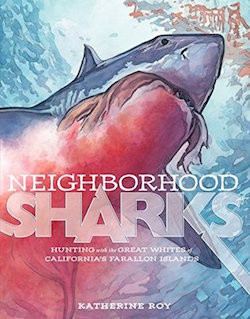
How They Croaked by Georgia Bragg
Chew On This by Eric Schlosser and Charles Wilson
The Street Beneath My Feet by Charlotte Guilian
Pink Is for Blobfish by Jess Keating
What are some nonfiction texts that your students especially love? Please share!

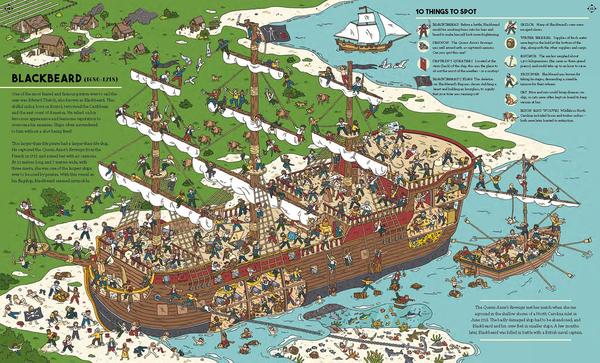

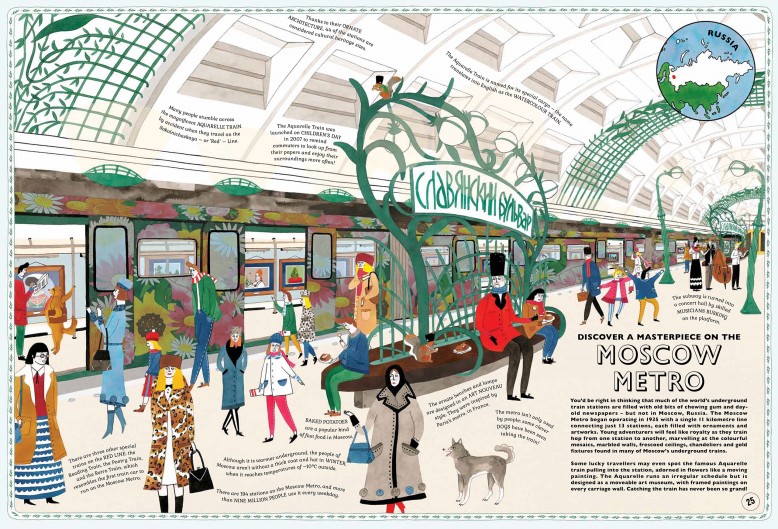




































These are outstanding titles, Megan. Thank you for pointing Middle Web readers to them. I hope that you have a school library and a certified school librarian with whom you can share exciting book titles and collaborate for developing your classroom collection as well as the school library collection.
Hi Judi,
Thanks for writing. I’ve always been fortunate enough to have amazing school librarians who add so much to my classes!
Great news, Megan. I wish all classroom teachers (and students) did!
My son did a 6-word memoir in middle school. It broke my heart — his cat – who adopted him as soon as we brought her home when he was just 3 days old — had just been put to sleep after her cancer had spread. “Leaving the vet; an empty crate.” He also had to illustrate it. I’ve kept the picture – an empty cat carrier on an exam table.